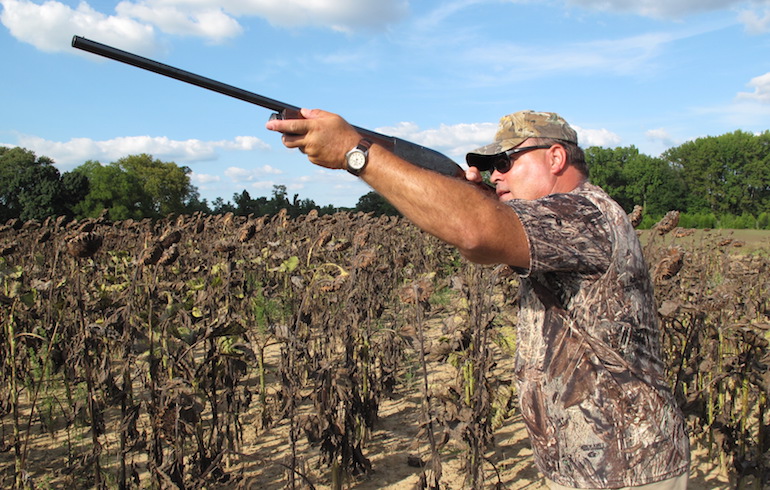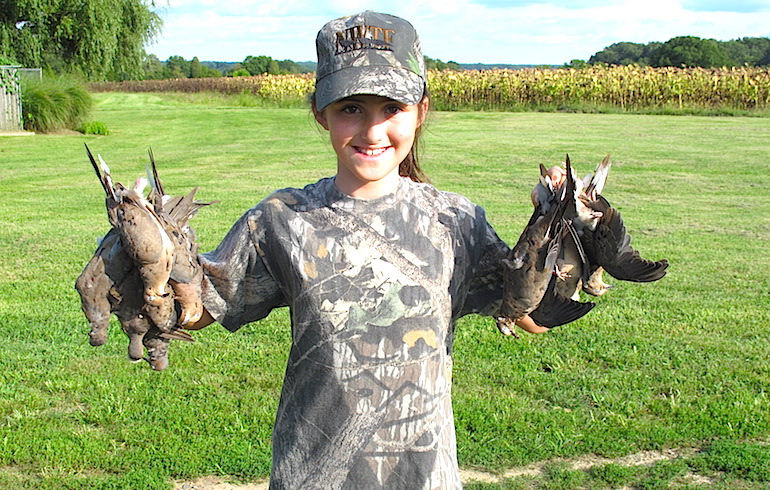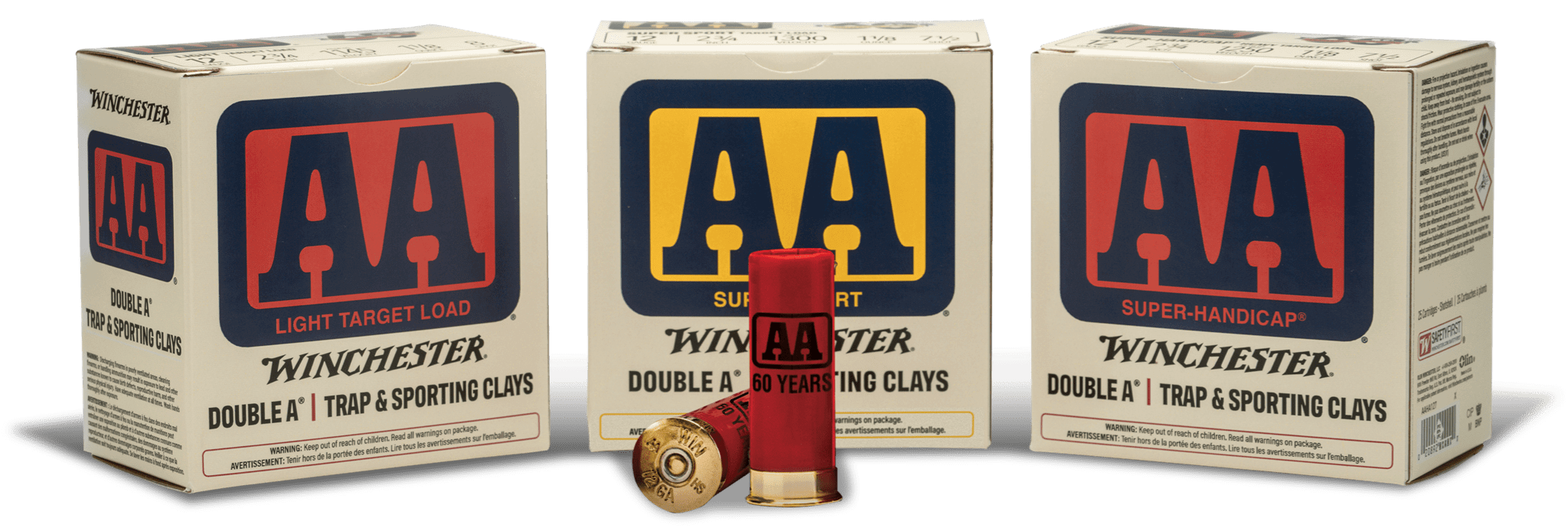Dove Season is Here: Let Your Fall Season Take Wing!
Few hunting traditions are as rich as the opening day dove shoot. In the South, it can be a badge of local honor to be invited to a top-notch shoot.
In many places, hunters plant fields of sunflower, millet and corn and can charge up to a $100 a day or more for hunters to bring their shotguns and dove buckets and sit in strategic points in an effort to shoot their daily limit. Dove hunting is allowed in 42 states and according to an article in the Bangor Daily News, more than 20 million of them are harvested each season. It is unequivocally the most popular game bird in North America and still its range and numbers keep expanding.

Even if you missed that big opening day dove shoot, in the South, often replete with barbecue and sweet iced tea, it’s not too late to find a fresh cut field of corn or other dove-attracting crops, grab your shotgun and some shotgun shells and get in on the action. Here’s a few tips to help you make the most of your time in the dove field.

- Scout a field out before you set up. Watch where dove tend to enter the field trading between food, roosts and water and then pick a tree or cover (such as standing corn) that will allow you to remain hidden as you set up close enough to nab shots out to 20 to 25 yards.
- Take a seat. Get comfortable and take a seat such as a rotating cushion that snaps to a 5-gallon bucket or other stool that permits you to move your body and make a shot while sitting. Avoid fold out chairs with backs and arms as these will limit your ability to swing as needed when tracking the fast flying birds.
- Dead trees in the center of a field or along its edge are a great place to set up. They can be veritable dove magnets. The gray-feathered birds like to fly to the open limbs and survey the field below before fluttering down to feed. Drop them from the air as they decelerate to land on the limbs if you are having trouble hitting them in open flight.
- More is better. While most of his spend a lot of time seeking out lightly hunted areas where only we or a limited number of us have access, more hunters on your field and adjoining ones can actually keep birds trading back and forth, producing more shot opportunities for everyone.
- Decoys can give incoming doves confidence they are safe flying in range of where you are set up and nothing works better than adding a motion decoy or two. The fake fluttering wings can draw dove in for a look from hundreds of yards away.
- Choose a good shell. Regardless of whether you prefer the heavier payload of a big barreled 12 gauge or the lighter swinging (and toting) 20 gauge, choose a quality load that will fire with reliable patterns and power such as Winchester AAs or Super X
- Oh, and if you’re taking a young shooter—doves are a great introduction to hunting for kids—do them a favor and don’t hinder them a .410-sized shotgun. It may be light and easy for them to shoot, but the limited payload will make it all but impossible for them to hit a zipping dove. It will be hard enough as it is. A youth-sized 20-gauge shotgun loaded with light field loads of 7/8 ounces of No. 7½ shot provides a child with minimal recoil, while providing adequate pellets in the air to help them add to the day’s take.




